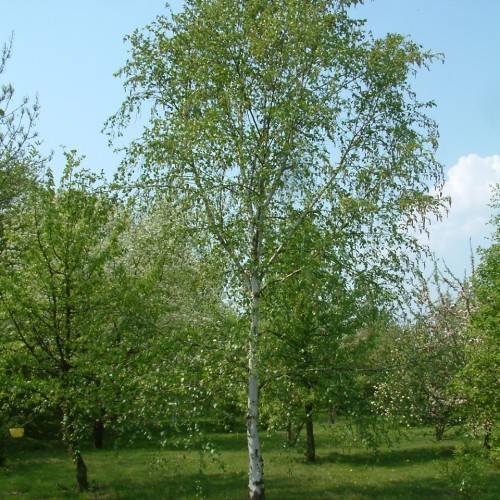
Northern Hybrid Birch
Betula x sandbergii
Watering:
Frequent
Hardiness Zone:
Sun:
full sun,part shade
Leaf:
Yes
Growth Rate:
Low
Drought Tolerant:
Yes
Care Level:
Medium
watering
Purpus' Birch should be watered weekly, providing enough water so that the soil is thoroughly moistened. The amount of water needed may vary depending on conditions such as temperature, humidity, and sunlight intensity, but it is generally recommended to use 1-2 liters (1-2 quarts) of water per pot each week. To ensure that the roots are not left soggy, water the plant in the morning and pour off any excess water once it has had time to absorb. To prevent root rot, do not allow the plant to remain in water for too long.
sunlight
Purpus' Birch enjoys full sunlight and flourish best in climates where they receive a minimum of 4 or 5 hours of sunlight per day. The tree can tolerate full sun but will do better if it is provided with some shade during the hottest part of the day. The ideal temperature range is between 50 and 70 degrees Fahrenheit, which is not normally found in climates where the sun is plentiful. If the tree must endure long periods of sunshine, then providing it with some afternoon shade is recommended.
pruning
Purpus' Birch (Betula x purpusii) should be pruned in late winter to early spring each year. Pruning should be minimal to keep the shape of the tree, removing any dead, damaged or diseased wood. Any branches that cross over each other should be removed and any suckers that appear at the base should also be trimmed off. Be careful not to over prune, as this can lead to weak or damaged trees.
